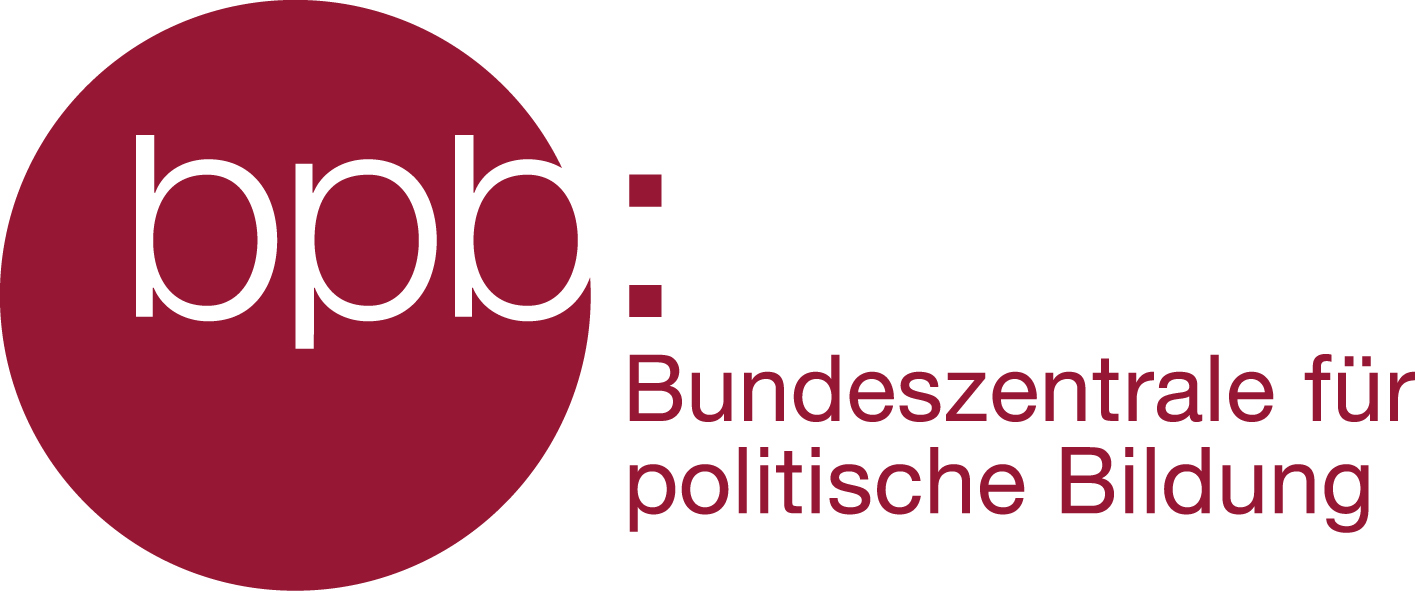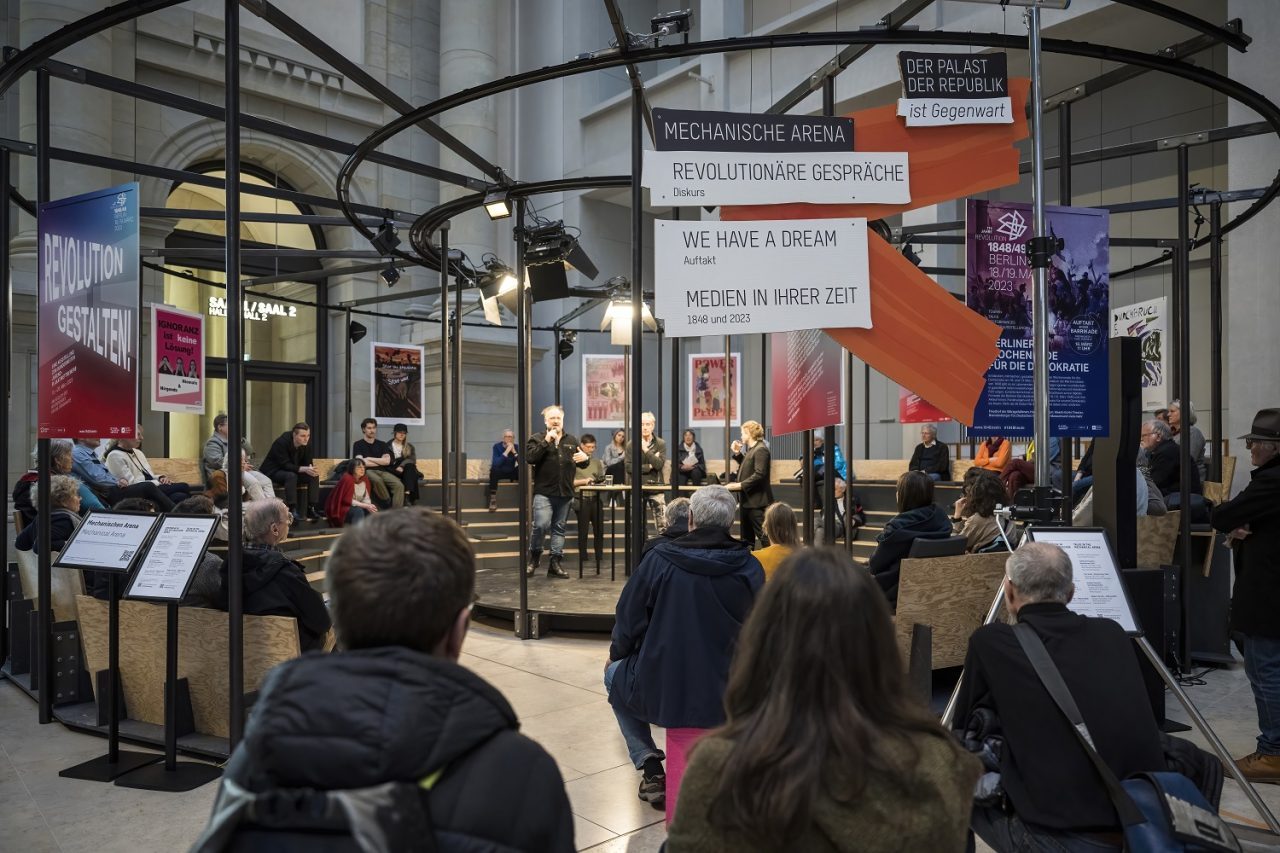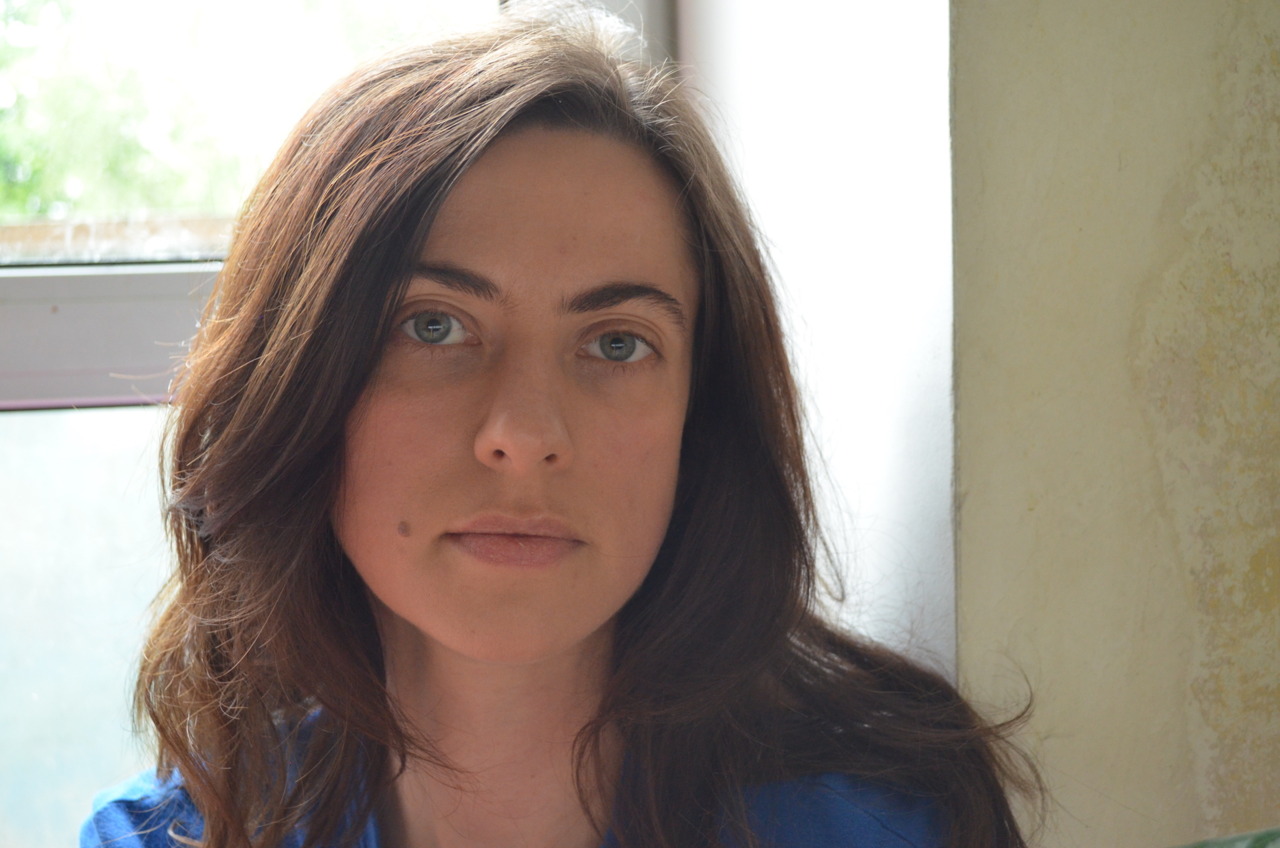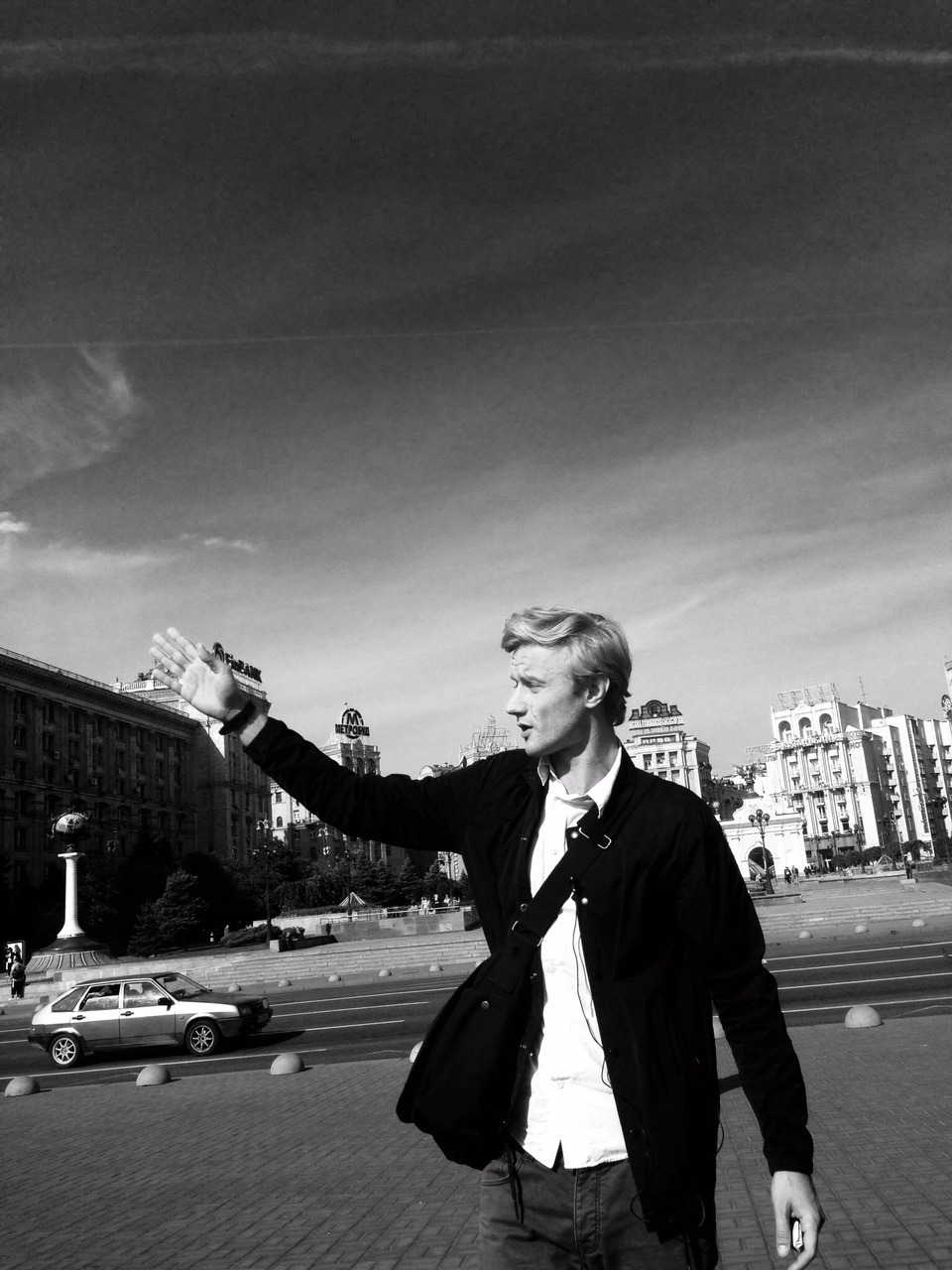Panel 5: Solidarity and transformation: Palaces of Culture as sites of revolution
{{ time.start_TS | TS2dateFormat('MMM') }}
{{ time.start_TS | TS2dateFormat('YYYY') }}
| free of charge |
| English + simultaneous translation English-German |
| Duration: 60 min |
| 14 years and older |
| Mechanical Arena in the Foyer |
| Belongs to: Post/Socialist Palaces |
Palaces of Culture featured prominently in the educational and cultural policies of socialist states. As places of encounter and education, of culture and sport, they were part of the social engineering practiced by the state. At the same time, they were architectural icons of many Eastern, Central and Southern European capitals.
Palaces of Culture and other public buildings shaped the public space in socialist cities. In Kyiv, the historical transformation of these spaces can be traced using the example of the “Maidan Nezalezhnosti” or Independence Square, often called simply “Maidan”. In the post-Soviet era, its imposing Stalinist architecture set the scene for the square as a place of power, and its post-Soviet architecture subsequently also filled it with mainly state representational functions. But the Ukrainian people aggressively appropriated and continue to appropriate public spaces and buildings for themselves – in everyday life, but also in resistance movements, revolutions, and times of war. The discussion explores transformations of Kyiv’s public architecture and asks about its significance as a locus of civil empowerment for Ukraine’s transgenerational collective memory.
Speakers
Evgeniya Molyar, art critic, member of the initiative DE NE DE and coordinator of the project “Soviet Mosaics in Ukraine”, Berlin
Dr. Vasyl Cherepanyn, curator, director of the Visual Culture Research Center (VCRC), Berlin
Kateryna Mishchenko, essayist, translator and publisher from Kiev, currently Fellow at the Wissenschaftskolleg zu Berlin
Moderator
Kateryna Stetsevych, Head of the Central, Eastern and Southeastern Europe project group at the bpb
Evgeniya Molyar is an art historian. She studied at the National Academy of Fine Arts and Architecture in Kyiv. The focus of her work is the cultural heritage of the Soviet era, especially monumental art. She curated a project entitled SOVIET MOSAICS IN UKRAINE. As a member of the self-organised initiative DE NE DE, she researches and preserves the uncomfortable cultural heritage in the context of ideological changes. Molyar is a pre-doctoral fellow at the Bibliotheca Hertziana – Max Planck Institute for Art History in Rome. Her special interest here is researching contemporary artistic practices in Ukrainian art that turn to the cultural heritage of the Soviet era.
Dr. Vasyl Cherepanyn is Head of the Visual Culture Research Center (VCRC), an institution he co-founded in Kyiv in 2008 as a platform for collaboration among academic, artistic, and activist communities. VCRC is the organizer of the Kyiv Biennial and a founding member of the East Europe Biennial Alliance. Cherepanyn holds a PhD in philosophy and has lectured at several universities, both in Kyiv and other cities in Europe, and is a curator, writer and editor.
Kateryna Mishchenko is a writer, curator, and co-founder of Medusa, a Ukrainian independent publishing house. She taught literature at the Kyiv National Linguistic University, and has worked as a translator in the human rights field. Her essays have been published in Ukrainian and international anthologies and journals, and in the book Ukrainian Night. Together with Katharina Raabe, she co-edited the book “Aus dem Nebel des Krieges” (2023), published by Suhrkamp. Mishchenko lives and works in Kyiv, for the present, she is in Berlin.
Kateryna Stetsevych studied literature, linguistic and cultural studies at the University of Chernivtsi and the Freie Universität Berlin. She worked as a freelance curator and lecturer for international intermediary organizations such as the Goethe-Institut and GIZ, among others, as well as cultural institutions in Germany. She is a coordinator of the program focus “tranzyt. Literature from Poland, Ukraine and Belarus” at the Leipzig Book Fair (2012-2014). Currently, Kateryna Stetsevych is the head of the project group Central, Eastern and Southeastern Europe at the Federal Agency for Civic Education (bpb)
The series “Palaces for the People. Palaces of Culture in Eastern Europe Before and After 1989” is curated by the Bundeszentrale für politische Bildung



